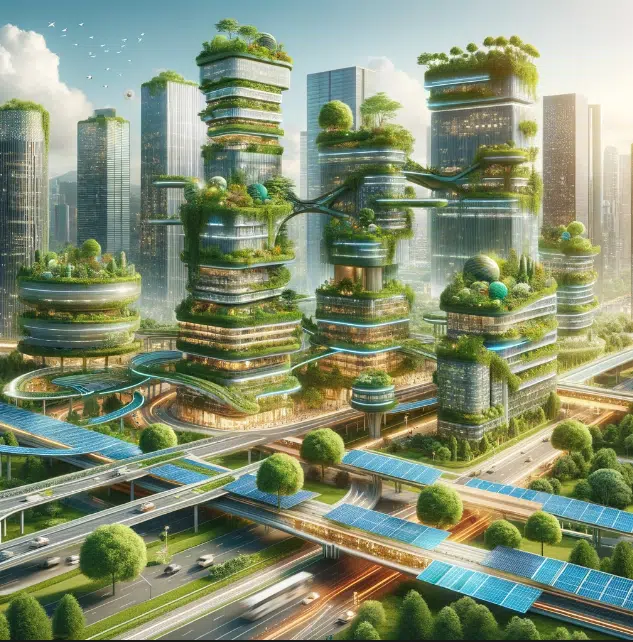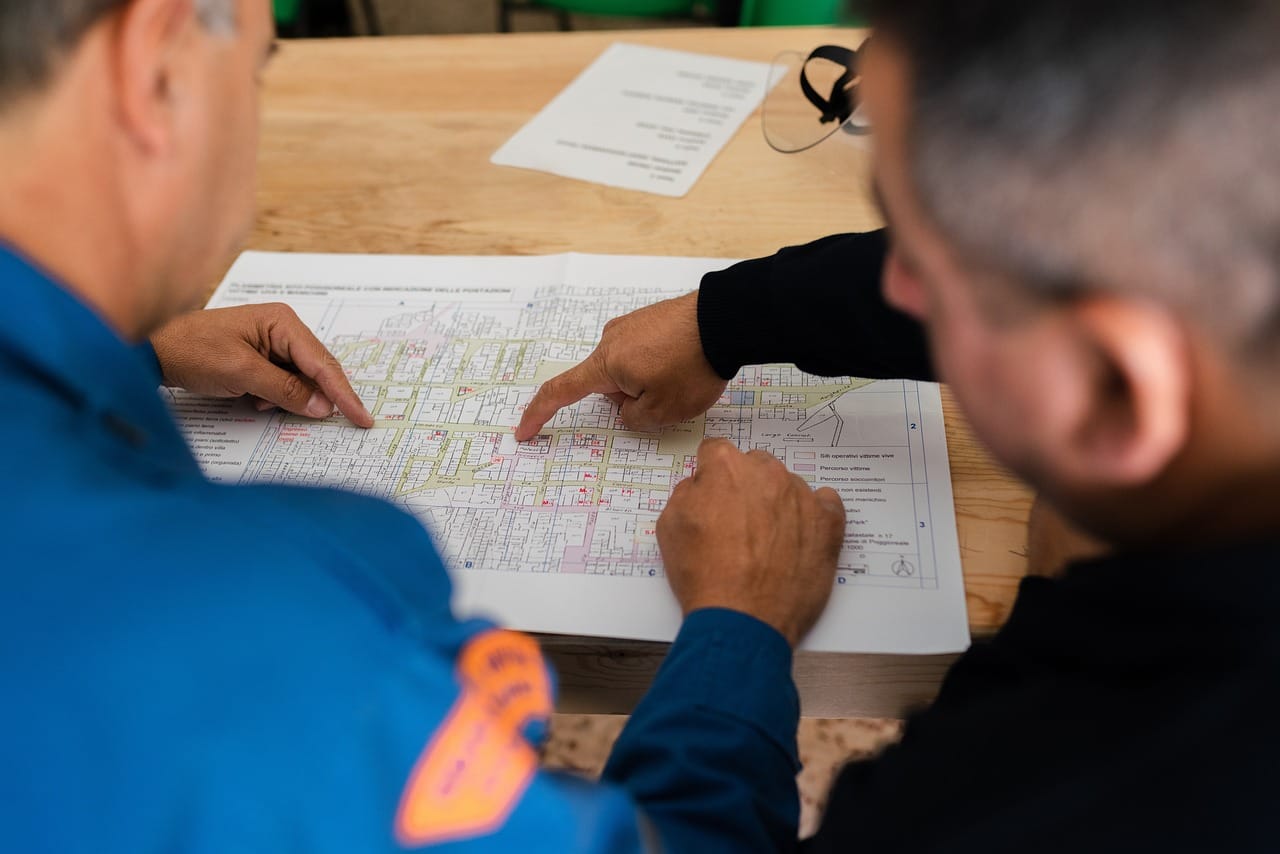In the ever-evolving landscape of the infrastructure sector, structural design stands at the forefront of innovation and sustainability. This discipline, crucial for the development of resilient and efficient buildings, bridges, and other infrastructures, is witnessing rapid advancements propelled by technology and a growing emphasis on environmental sustainability. Synqron, as a leader in the infrastructure domain, leverages these innovations to deliver projects that are not only structurally sound but also environmentally responsible.
Technological Advancements in Structural Design
The integration of digital technologies such as Building Information Modeling (BIM) and Artificial Intelligence (AI) has transformed traditional structural design methodologies. BIM facilitates the creation of detailed digital representations of physical and functional characteristics, enabling designers and engineers to work more collaboratively and efficiently (Eastman et al., 2011). AI, on the other hand, aids in optimizing design solutions, predicting potential structural failures, and enhancing the safety and durability of structures (Jiang et al., 2019).
Synqron employs these technologies to streamline design processes, reduce costs, and ensure the structural integrity of projects. By embracing digitalization, Synqron not only enhances project delivery but also contributes to the industry’s advancement towards smarter and more sustainable infrastructure solutions.
Sustainability in Structural Design
Sustainability has become a critical consideration in structural design, with an increasing demand for materials and methods that minimize environmental impact. The adoption of green building materials, such as recycled steel and concrete, along with sustainable construction practices, plays a vital role in reducing carbon emissions and resource consumption (Kibert, 2016).
Synqron is committed to incorporating sustainable practices into its projects, recognizing the importance of environmental stewardship in the infrastructure sector. By selecting materials with lower environmental footprints and employing energy-efficient design principles, Synqron not only adheres to global sustainability standards but also meets the growing demand for green infrastructure.
Case Study: Synqron’s Sustainable Structural Design
A notable example of Synqron’s commitment to innovation and sustainability in structural design is the development of a recent infrastructure project. Utilizing advanced materials and technologies, Synqron delivered a structure that not only exceeds performance and safety standards but also achieves significant energy savings and a reduced carbon footprint. This project serves as a benchmark for the industry, demonstrating how technological advancements and sustainable practices can be harmoniously integrated into structural design.
Conclusion
The future of structural design is undeniably bright, with technological innovations and sustainability driving the industry towards more efficient, safe, and environmentally friendly solutions. Synqron, at the helm of these developments, continues to push the boundaries of what is possible in infrastructure design, making significant contributions to the sector’s evolution. As we look forward to the next generation of infrastructure projects, it is clear that companies like Synqron will play a pivotal role in shaping our built environment for the better.
References
- Eastman, C., Teicholz, P., Sacks, R., & Liston, K. (2011). BIM Handbook: A Guide to Building Information Modeling for Owners, Managers, Designers, Engineers and Contractors. Wiley.
- Jiang, S., Zhang, X., Gao, L., & Huang, Q. (2019). Artificial intelligence in civil engineering. Mathematical Problems in Engineering, 2019.
- Kibert, C. J. (2016). Sustainable Construction: Green Building Design and Delivery. John Wiley & Sons.






